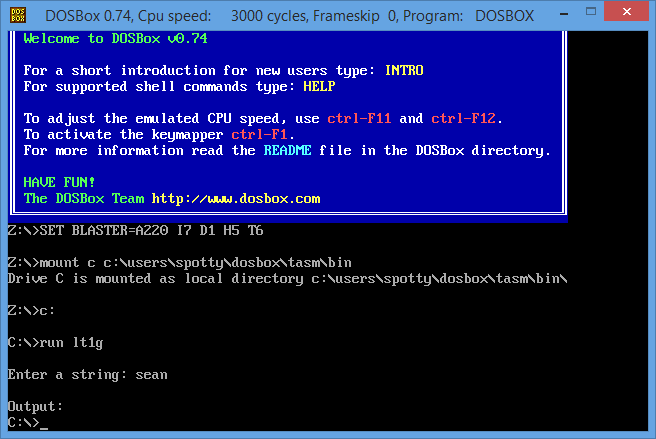I have a problem with my code. I suppose to input a string ans output to all caps. But then, I output is nothing.

TITLE LAB TUTORIAL 1
.model small
.stack 100h
.data
msg1 db "Enter a string: $"
msg2 db "Output: $"
msg3 db "Number of characters: $"
blank db 0dh, 0ah,'$'
string db 99 dup(?)
.code
main proc
mov ax, @data
mov ds, ax
mov dx, offset msg1
mov ah, 9
int 21h
mov si, offset string
top: mov ah, 1
int 21h
cmp al, 13
je stop
mov [si], al
inc si
jmp top
stop: mov al, '$'
mov [si], al
mov si, offset string
mov al, [si]
cmp al, 'a'
cmp al, 'z'
sub al, 32
mov dx, offset blank
mov ah, 9
int 21h
mov dx, offset msg2
mov ah, 9
int 21h
mov ax, 4c00h
int 21h
main endp
end main